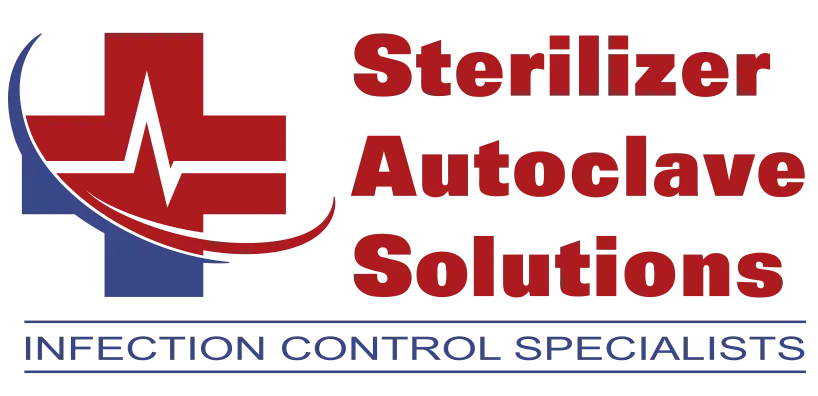C. Auris is Back in the News
When it comes to researching these blogs, to get info, sometimes I have to read the news. It’s such a positive start to my work day. Like for example, did you know? We wrote an article back in fall of 2021 about the rise in cases caused by a fungus known as candida auris. You may know it, it was prominent among the very sick or elderly, or the very sick elderly. Well after a spike in cases around the time of the pandemic in healthcare facilities, it’s back in the news again. The CDC recently wrote an article about the cause, the numbers, and overall what they’re doing to fight back. And we’re going to cover that in this article.
What is C. Auris?
First, let’s go over what C. auris even is.
The kind of infection this pathogen can cause is called Candidiasis, or colloquially, a yeast infection. Described specifically as such: “a fungal infection typically on the skin or mucous membranes caused by candida.”
Meet Candida auris (or C. auris for short), a multi-drug resistant yeast/fungi responsible for infections first spotted in Japan in 2009. Though research dictates that this strain of the Candida fungi could’ve potentially been around since 1996, located somewhere in South Korea. C. auris is a form of infection-causing yeast/fungi that has made it’s mark on at last 30 countries to date. It comes from the Candida genus of yeast, the most common cause of worldwide fungal infections. This genus includes around 45 variations, many harmless but others are the complete opposite. Causing severe infections anywhere on the body, and can even cause death in some instances.
fungi could’ve potentially been around since 1996, located somewhere in South Korea. C. auris is a form of infection-causing yeast/fungi that has made it’s mark on at last 30 countries to date. It comes from the Candida genus of yeast, the most common cause of worldwide fungal infections. This genus includes around 45 variations, many harmless but others are the complete opposite. Causing severe infections anywhere on the body, and can even cause death in some instances.
C. auris gets its name from the word of Latin origin, auris, meaning “ear”. This being due to this variant of the fungus being found in the ear canal of a 70-year old woman. And in relation, C. auris can cause bodily infections through invasive candidiasis, which is an invasion of the bloodstream. And this, in turn, can affect many vital areas of the body. However this variant affects the elderly and those with preexisting serious medical problems. Which mean C. auris is mainly spread through hospitals and nursing homes, and we’ll get into that later.
And while there are already some listed dangerous variants of the Candina genus, C. auris managed to make its way onto the CDC’s 2019 AMR Urgent Threat list.
The Problem
We’ve gone over the problems that this fungus can cause once before. But if you don’t already know, we’ll tell you the problems it poses.
- The infections it can cause — it can cause infections anywhere on the body, including bloodstream infections.
- It spreads to nursing homes — for people with severe medical problems, its already a problem. But it’s also shown to severely affect the elderly and spread through nursing homes as well.
- It is multi-drug resistant. – So usually Candina family viruses are wiped out by most antifungal medicine. Not C. auris though, its been shown that varying percentages of the auris are resistant to fluconazole, voriconazole, and amphotericin.
- It is hard to identify. – This is true, C. auris is commonly mistaken for other variations of the Candina fungi. This can lead to inappropriate management as you can potentially be treated for the wrong kind should that happen.
- It is more common. – It’s shown that since its surge in 2009, it has infected more than a dozen countries according to the CDC themselves.
The News
The CDC is reporting new cases of the fungus in recent years, and there’s good news and bad news. The good news is that C. auris is not a threat to healthy people according to them. The bad news is… everything else we’re about to mention. Throughout 2020 and 2021, the fungus spread among US healthcare facilities at an alarming rate. Another concerning update was that there was a tripling of cases in 2021 where the fungus had newfound resistance. The tripled cases showed the fungus had a resistance to echinocandins, the anti-fungal medicine most recommended for treatment of C. auris infections. And as we mentioned above, the CDC listed it as an Antibiotic Resistance threat. Because it’s often resistant to multiple anti-fungal drugs, spreads easily in healthcare facilities, and can cause severe infections with high death rates.
The Numbers
In 2016, there were 3,270 clinical cases in which it was present. Cases have increased yearly since then. The most rapid spike as we mentioned was in 2020-2021. And they saw counts increase in 2022 as well.
17 states counted their first ever cases of C. Auris in their states from 2019-2021. And nationwide cases totaled to 476 in 2019. Then increased to 1,471 in 2021.
And then as we mentioned also, they tripled from 2020 to 2021. For a total of 4,041
The Cause of the Cases
They chalked up the rise of the cases to be from multiple different causes.
- Poor infection control practices in general healthcare facilities
- Possible increase from advanced screening efforts that led to colonization, screening those who could’ve possibly had it, but ultimately screened negative for infection.
- There is also possible cause in the strain that Covid-19 put on healthcare across the nation, which could’ve potentially worsened the spread.
The Solution
The CDC is constantly working with different health departments, whether its local, territorial, state, and partners to address the threat. The CDC has a network called the Antimicrobial Resistance Laboratory Network, who provided some of the data in their article that we’re sharing with you.
They want to strengthen lab capacity to increase susceptibility testing capacity for C. auris. They’re using supplemental funding supported by the American Rescue Plan Act. And with their resources and data, they hope to keep up the fight between this fungus that got itself labeled a global priority.
As always if you have any questions about this process or anything else please feel free to contact us and take advantage of our “FREE TECH SUPPORT.”
We also offer FREE VIRTUAL TECH SUPPORT to “See and Talk” with a “Real Time Live Technician” for any problems you may be in need of help with.
You can also use our “FREE MAINTENANCE PROGRAM”. Take the guesswork and worrying about what unit is due for maintenance and which maintenance cycle it is time for. We will keep track of all your autoclaves and let you know when it’s time for anything.


